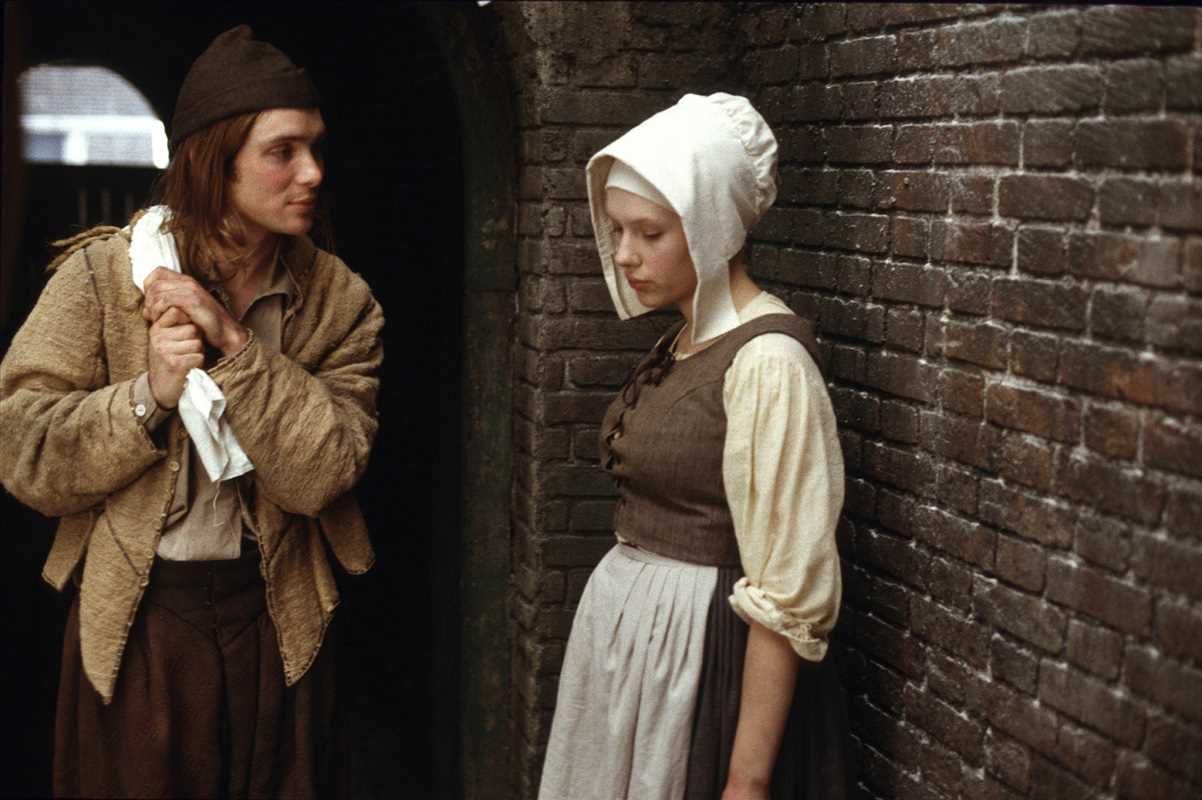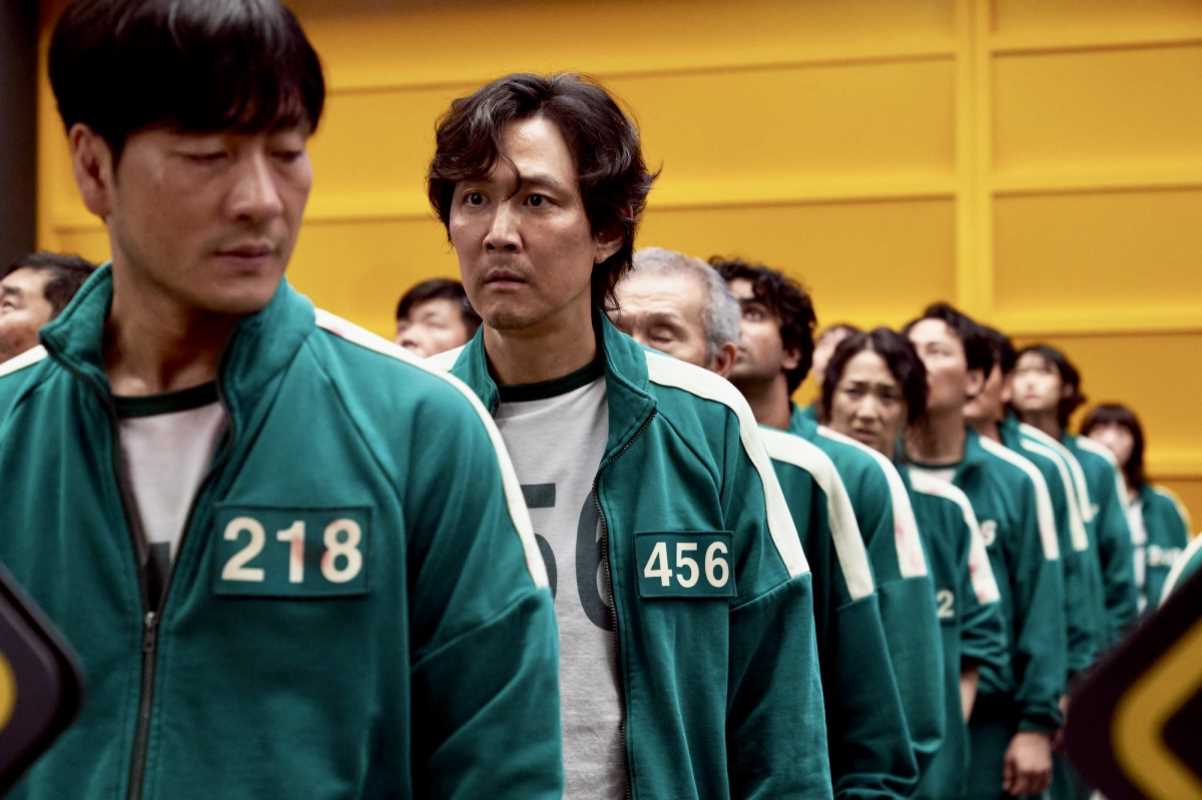Biographical films have a unique power. They invite audiences into the lives of towering figures, immersing us in their struggles, triumphs, and creative processes. When it comes to art and history in particular, such films not only entertain but also educate, offering fresh perspectives on long-admired works and the people behind them. Through storytelling and vivid visual representation, biopics translate art and historical truths into something deeply personal. From revisiting iconic figures like Frida Kahlo to exploring the mysteries of Vincent van Gogh, these films have reshaped how we understand and appreciate art as well as the historical periods in which it was created.
Here, we explore a few standout biographical films that have left a lasting impact on our perception of art and the past...
1. Frida (2002): Redefining a Legacy of Pain and Passion
Few films have brought the life of a painter to the screen as vividly as Frida, the 2002 biopic about Frida Kahlo, played by Salma Hayek. Directed by Julie Taymor, the film dives deep into Kahlo’s tumultuous life—her physical suffering due to a severe injury, her complicated relationship with fellow artist Diego Rivera, and her unrelenting drive to create.
While Kahlo’s paintings were already celebrated in the art world, Frida brought her humanity to the forefront. By weaving her works into the narrative—often through seamless visual transitions—the film shows how the surreal elements of Kahlo's art mirrored the trials of her life. For example, the depiction of her painting The Two Fridas poignantly illustrates her emotional struggles following her divorce from Rivera.
The film’s bold use of color and magical realism mirrors Kahlo’s painting style, helping viewers connect her art to the deeply personal experiences that inspired it. Audiences walked away from Frida with a greater appreciation for the artist as both a cultural icon and a resilient woman who defied the conventions of her era.
2. Pollock (2000): Unraveling the Myth Behind Abstract Expressionism
Directed by and starring Ed Harris, Pollock explores the life of Jackson Pollock, a revolutionary American artist renowned for his drip paintings. Pollock’s groundbreaking methods and chaotic persona made him a legend in the modern art world, but the film goes beyond the myth to examine the man himself.
Through nuanced storytelling, Pollock sheds light on the psychological challenges—such as alcoholism and bipolar tendencies—that shaped and often hindered his creative process. The scenes of Pollock furiously dripping paint onto a canvas are mesmerizing, illustrating his innovative techniques but also evoking the intensity and disorder that defined his life.
One of the film’s most powerful insights is how Pollock’s career was affected by his relationships. His wife, Lee Krasner, an artist in her own right, was instrumental in supporting and encouraging him, yet their marriage was fraught with tension. By presenting Pollock as a deeply flawed individual, the film challenges the romanticized view of the tortured genius, instead offering an intricate understanding of the pressures artists face when their work redefines an entire movement.
3. Loving Vincent (2017): A Daring Tribute to Vincent van Gogh
No list of biographical films about art would be complete without Loving Vincent, the world’s first fully painted film. Directed by Dorota Kobiela and Hugh Welchman, the movie unravels the story of Vincent van Gogh’s troubled life and tragic death, using the artist’s signature style as the visual foundation.
What sets this film apart is its audacious technique. Each of its 65,000 frames was hand-painted in the style of van Gogh by over 100 artists. Watching the film feels like stepping into one of van Gogh’s masterpieces—his swirling landscapes, vivid portraits, and unbridled emotion come alive on screen.
But Loving Vincent doesn’t stop at celebrating his art. It also serves as a detective story, exploring the mysteries surrounding van Gogh’s death in 1890. The film suggests alternative theories, hinting that his supposed suicide may have been the result of an accidental shooting. By framing van Gogh as not only a misunderstood genius but also a man beset by external pressures and inner turmoil, Loving Vincent deepens our understanding of his struggles and his resilience. Its dedication to craftsmanship and storytelling ensures van Gogh’s legacy will resonate with new audiences for years to come.
4. Girl with a Pearl Earring (2003): Breathing Life into Vermeer’s World
Based on Tracy Chevalier’s novel of the same name, Girl with a Pearl Earring imagines the untold story behind Johannes Vermeer’s iconic painting. The film stars Scarlett Johansson as Griet, a servant who becomes the subject of one of art history’s most famous portraits, and Colin Firth as Vermeer himself.
While Vermeer’s luminous works are beloved, little is known about his personal life, which makes this film particularly imaginative. Through meticulous attention to period detail, it recreates 17th-century Delft and provides a glimpse into the social and economic conditions that shaped Vermeer’s work. The film also explores themes of power, creativity, and the dynamics between artist and muse—a complex relationship that continues to fascinate in the art world.
Girl with a Pearl Earring is a testament to the power of biographical fiction. Although not strictly historical, it captivates viewers by highlighting the human stories behind great art while honoring Vermeer’s evocative craftsmanship.
5. Basquiat (1996): A Window into Neo-Expressionism
Directed by fellow artist Julian Schnabel, Basquiat chronicles the meteoric rise and tragic fall of Jean-Michel Basquiat, a New York-based artist who became a leading figure in the 1980s art scene. Played brilliantly by Jeffrey Wright, Basquiat is portrayed as both an icon of creativity and a victim of exploitation.
The film depicts Basquiat’s transition from painting on the streets to exhibiting in prestigious galleries, capturing how his raw, graffiti-inspired art disrupted the conventions of the time. But it also shows how fame and commodification weighed heavily on him, contributing to his struggles with substance abuse and eventually his death at age 27.
Schnabel’s insider perspective gives the film a sense of authenticity, immersing viewers in the vibrant yet cutthroat New York art scene. By highlighting the intersections between creativity, race, and capitalism, Basquiat not only honors the artist but also critiques the forces that shaped and ultimately consumed him.
The Power of Biographical Films in Art and History
What makes biographical films about artists so impactful is their combination of historical research, emotional depth, and visual storytelling. These films humanize legendary figures, removing them from the pedestals of art history and bringing their lives—and their struggles—into focus. Through careful attention to detail, they transport audiences to different times and places, enabling us to experience history through the lens of those who shaped it.
Films like Frida, Pollock, Loving Vincent, and Basquiat not only reignite interest in the works of their subjects but also challenge audiences to view art through a new dimension. They remind us that every masterpiece is rooted in personal experience—be it pain, passion, or a quest for discovery.
 (Image via
(Image via





.jpg)